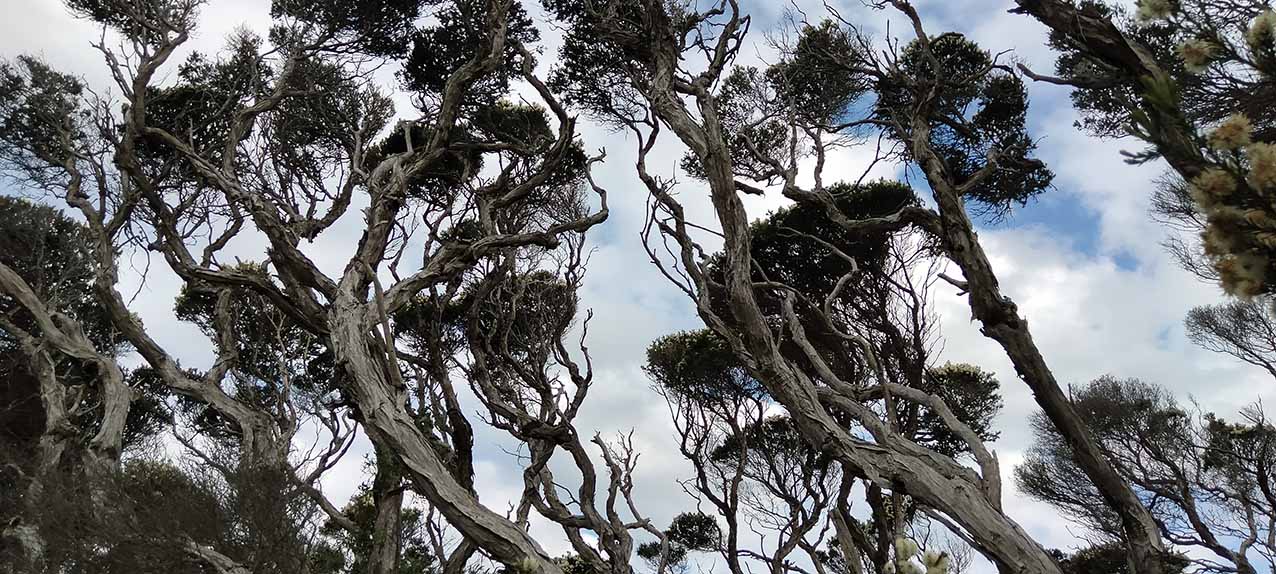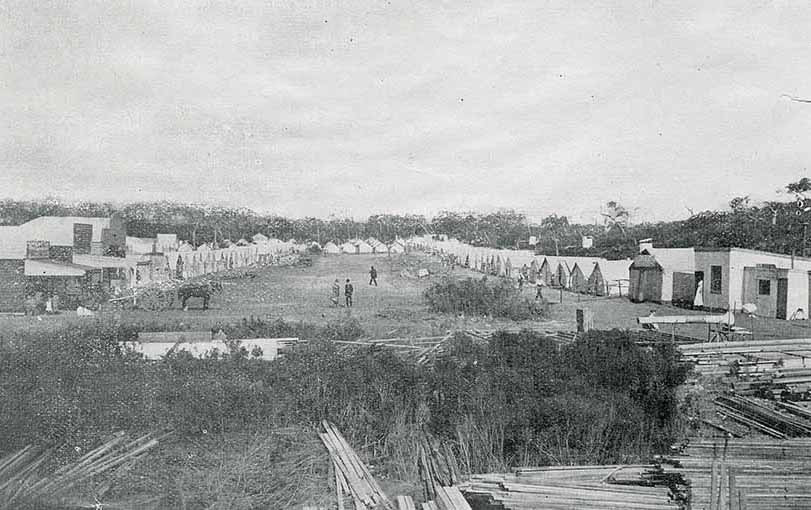By Terri Allen
IT IS said that when the swamp paperbark is in bloom, the snapper are on the bite. They must be biting now because it has been magnificent this spring.
It flowered early this year, and we don’t yet know whether its pollinators were around to set the seed. My seed collectors group will be keeping an eye to see if the seed is viable. Swamp paperbark is so prolific that we don’t usually sow the seed, though we do include it in some direct seeding mixtures. We used it on the Rifle Range Reserve, of course.
I have long thought it should be Wonthaggi’s floral emblem. Wonthaggi was once a vast paperbark swamp interspersed with sheets of water and sand hills vegetated with heaths and eucalypts.
IT IS said that when the swamp paperbark is in bloom, the snapper are on the bite. They must be biting now because it has been magnificent this spring.
It flowered early this year, and we don’t yet know whether its pollinators were around to set the seed. My seed collectors group will be keeping an eye to see if the seed is viable. Swamp paperbark is so prolific that we don’t usually sow the seed, though we do include it in some direct seeding mixtures. We used it on the Rifle Range Reserve, of course.
I have long thought it should be Wonthaggi’s floral emblem. Wonthaggi was once a vast paperbark swamp interspersed with sheets of water and sand hills vegetated with heaths and eucalypts.
The Powlett Tent Town site of 1909-10 was a paperbark swamp with impenetrable thickets. The paperbark was soon cut out, pastured over, grazed or built upon, but remnant clumps remain.
It is found in damp places in coastal woodlands and swamp scrub in Victoria, mainly east of Melbourne. It grows on seasonally inundated sites such as swamps, riversides and lake margins on sub-saline fertile soils.
While the plant itself is prolific, the swamp shrub EVC (ecological vegetation class) is now endangered on the Gippsland plains as so many flood plains have been cleared for housing. (We are fast learning the folly of that!)
Swamp paperbark (Melaleuca ericifolia) grows from a shrub to a small tree (7 metres), has narrow dark green leaves and a mass of creamy brushes from October to November. The name derives from mel (honey), leuca (white or pale), Erica (heath), folia (leaf-like).
Paperbark both impeded and helped the Bunurong people, early European explorers, run-holders, miners and, later, the residents of the town. This versatile plant has many uses. Aboriginal people used the blossoms to make a sweet drink; the soft papery bark to swaddle babies and for fishing floats; the wood for clubs, spears and digging sticks; oil from the crushed leaves for colds; and the bark for painting on.
Later Wonthaggians used it for fencing, tomato and pea sticks, kite frames, fishing rods, arrows, spears, swords … As kids, we would bend it over and sit on it in the bush. It was the home of stick insects, yabbies, butterflies, beetles.
Walk down the back lanes of Wonthaggi and you will see thickets springing up along fence lines. Perhaps it is biding its time to reinvade our area.
While the plant itself is prolific, the swamp shrub EVC (ecological vegetation class) is now endangered on the Gippsland plains as so many flood plains have been cleared for housing. (We are fast learning the folly of that!)
Swamp paperbark (Melaleuca ericifolia) grows from a shrub to a small tree (7 metres), has narrow dark green leaves and a mass of creamy brushes from October to November. The name derives from mel (honey), leuca (white or pale), Erica (heath), folia (leaf-like).
Paperbark both impeded and helped the Bunurong people, early European explorers, run-holders, miners and, later, the residents of the town. This versatile plant has many uses. Aboriginal people used the blossoms to make a sweet drink; the soft papery bark to swaddle babies and for fishing floats; the wood for clubs, spears and digging sticks; oil from the crushed leaves for colds; and the bark for painting on.
Later Wonthaggians used it for fencing, tomato and pea sticks, kite frames, fishing rods, arrows, spears, swords … As kids, we would bend it over and sit on it in the bush. It was the home of stick insects, yabbies, butterflies, beetles.
Walk down the back lanes of Wonthaggi and you will see thickets springing up along fence lines. Perhaps it is biding its time to reinvade our area.


